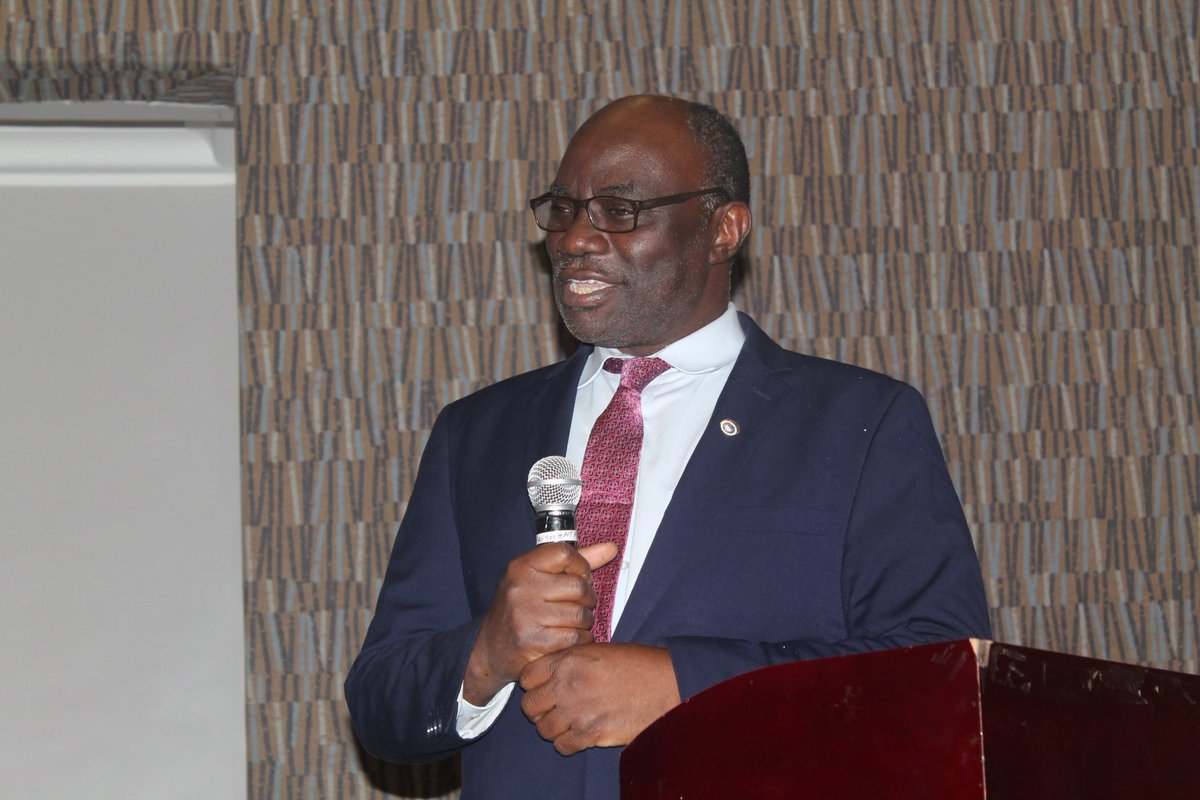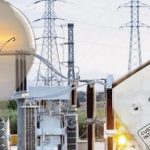Electricity customers on Band A feeders in Nigeria may face a tariff increase as the Federal Government’s electricity subsidy has risen significantly, reaching N181.63 billion in September from N102.30 billion in May. The Nigerian Electricity Regulatory Commission (NERC) had previously removed the subsidy for Band A customers, who receive at least 20 hours of electricity daily, raising their tariff to N225 per kilowatt-hour.
This decision drew criticism from various stakeholders, including labor unions and institutions, as many experienced a tripling of their electricity bills. After a temporary reduction to N206.80/kWh in May, the tariff was adjusted to N209/kWh in July, reflecting ongoing subsidy increases.
NERC data indicates that the subsidy grew to N163.87 billion in July and N173.88 billion in August, leading to speculation about another potential increase in October unless power generation costs decline. The rising subsidy costs are largely attributed to a foreign exchange crisis, with the naira to dollar exchange rate worsening from N1,494.1 in July to N1,601.5 in September.
Despite the rising costs, the government has not yet approved a new tariff increase, possibly due to the broader economic hardships faced by citizens, including rising fuel prices. The Abuja Electricity Distribution Company (AEDC) reported fluctuations in generation costs, which dropped to N87.33 per kilowatt-hour in May but rose again to N113.69/kWh in September.
Distribution companies (Discos) have expressed concerns over non-cost-reflective tariffs, with some refusing to take on additional electricity from the grid due to unmanageable costs. A Disco official stated that improved tariffs for all customer bands, along with increased meter penetration, are essential for cost recovery.
Minister of Power Adebayo Adelabu criticized the refusal of Discos to accept power, noting that despite generation capacity exceeding 5,000 megawatts, supply had to be reduced by 1,400 MW because Discos could not accommodate it. He urged them to take more energy to prevent grid instability as the government aims to boost generation to 6,000 MW by year-end.









